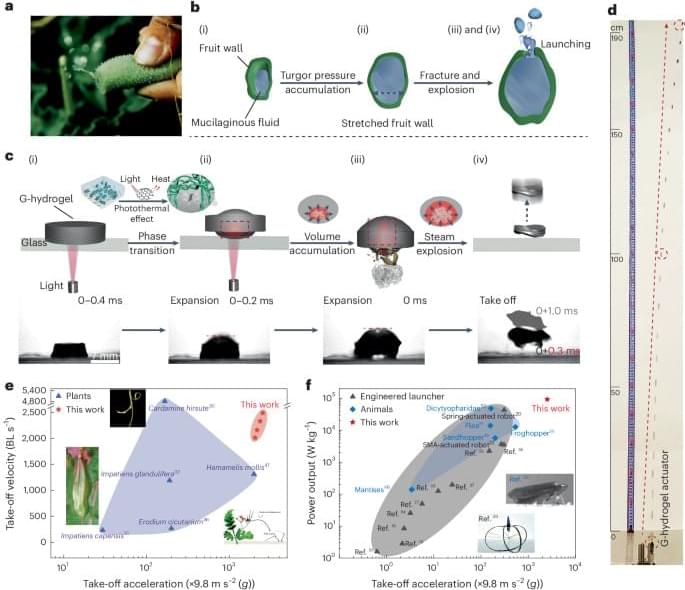The ferroelectric material transistor could be used to make NVMe SSDs last a whole lot longer.
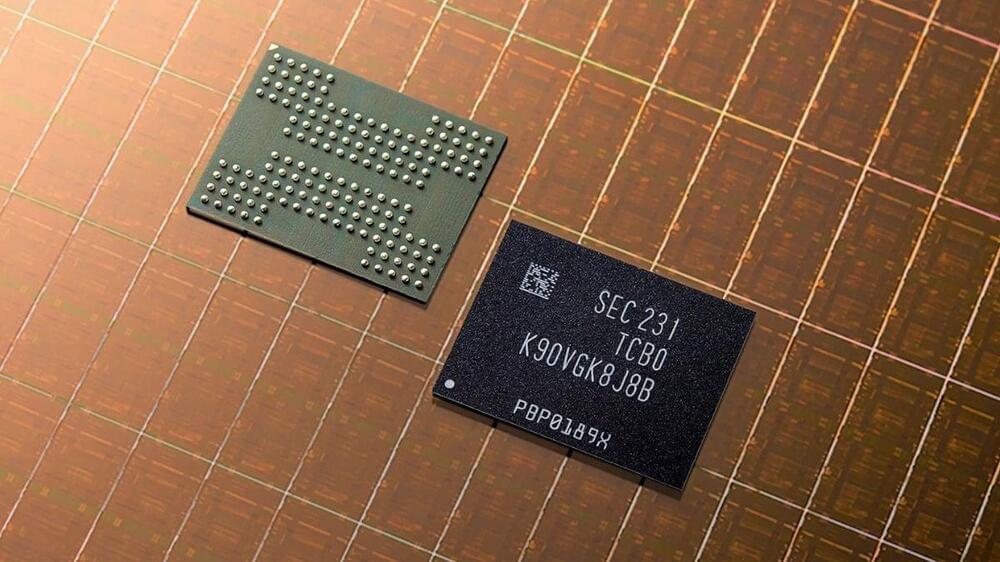

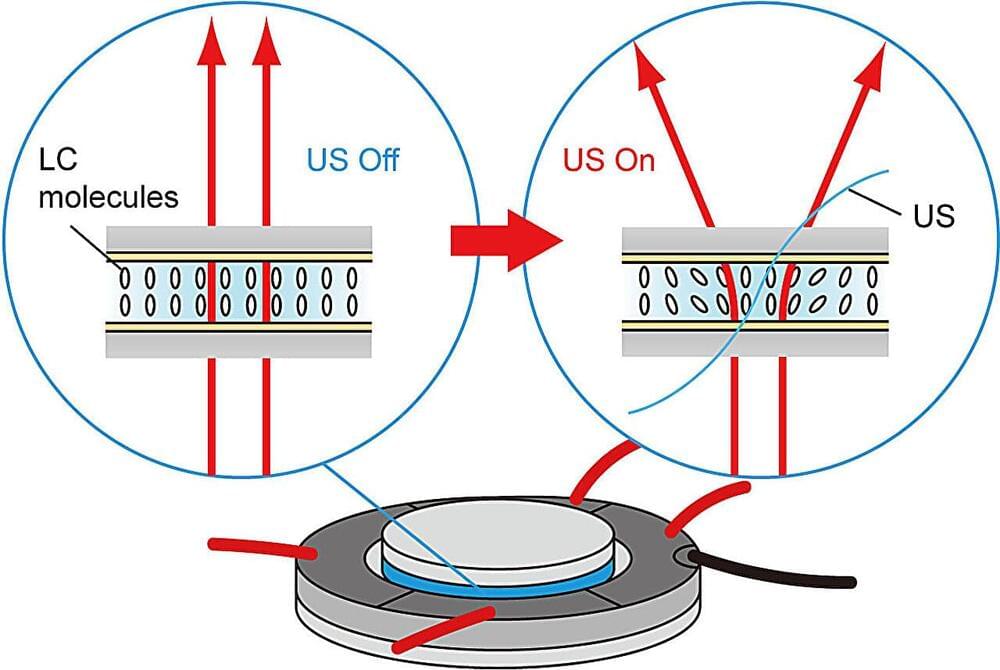
This results in differences in the acoustic energy between the LC layers, glass disks, and the surrounding air, inducing an acoustic radiation force acting at the LC layer and glass disk boundary. This effect changes the molecular orientation of the LC layers, altering the transmitted light distribution. By changing the electrodes to which the input voltage is applied, the direction of the molecular orientation and therefore the diffusion directivity can be easily rotated.
The researchers investigated the diffusion characteristics of the device and found that the diffusion angle depends on the input voltage amplitude and is maximized at 16 V. Above this voltage amplitude, the diffused light can become unstable. Additionally, the transmitted light distribution depends on the polarization of incident light.
“Light diffusers that allow control over diffusion directivity can reduce energy consumption and enable users to tune the light distribution to their taste, resulting in better aesthetics Our device marks the first report of an ultrasonically controllable optical diffuser based on LC material, providing users control over diffusion directivity within a small space,” said Prof. Koyama.
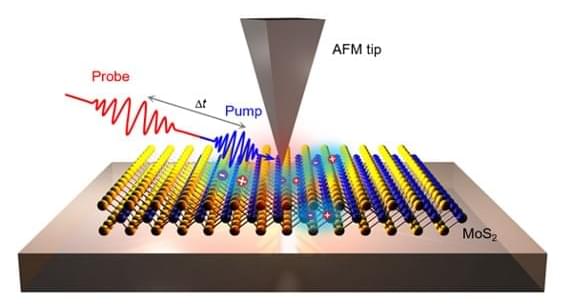
Researchers from the University of California, Berkeley have developed cutting-edge nanoscale optical imaging techniques to provide unprecedented insights into the ultrafast carrier dynamics in advanced materials. Two recent studies, published in Advanced Materials (“Transient Nanoscopy of Exciton Dynamics in 2D Transition Metal Dichalcogenides”) and ACS Photonics (“Near-Field Nanoimaging of Phases and Carrier Dynamics in Vanadium Dioxide Nanobeams”), showcase significant progress in understanding the carrier behaviors in two-dimensional and phase-change materials, with implications for next-generation electronic and optoelectronic devices.
The research team, led by Prof. Costas P. Grigoropoulos, Dr. Jingang Li, and graduate student Rundi Yang, employed a novel near-field transient nanoscopy technique to probe the behavior of materials at the nanoscale with both high spatial and temporal resolution. This approach overcomes the limitations of traditional optical methods, allowing researchers to directly visualize and analyze phenomena that were previously difficult to observe.
Schematic of the near-field transient nanoscopy. (Image: Adapted from DOI:10.1002/adma.202311568, CC BY-NC-ND 4.0)

In 2021, the same collaborators developed the technology that acts as an active spin filter made of two successive layers of material, called chiral hybrid organic-inorganic halide perovskites. Chirality describes a molecule’s symmetry, where its mirror image cannot be superimposed on itself. Human hands are the classic example; hold yours out, palms facing away. The right and left hands are arranged as mirrors of one another—you can flip your right hand 180° to match the silhouette, but now the right palm is facing you while the left palm faces away. They’re not the same.
Some molecules, such as DNA, sugar and layers of chiral hybrid organic-halide perovskites, have their atoms arranged in chiral symmetry. The filter works by using a “left-handed” oriented chiral layer to allow electrons with “up” spins to pass, but block electrons with “down” spins, and vice versa. At the time, the scientists claimed the discovery could be used to transform conventional optoelectronics into spintronic devices simply by incorporating the chiral spin filter. The new study did just that.
“We took an LED from the shelf. We removed one electrode and put the spin filter material and another regular electrode. And voila! The light was highly circularly polarized,” said Vardeny.

Meta has removed 63,000 Instagram accounts from Nigeria that were involved in sextortion scams, including a coordinated network of 2,500 accounts linked to 20 individuals targeting primarily adult men in the United States.
The social media giant said these accounts are linked to an organized cybercrime group called ‘Yahoo Boys,’ that has recently increased its operational volume.
Apart from the offending Instagram accounts, Meta has also deleted 1,300 Facebook accounts, 200 Facebook Pages, and 5,700 Facebook Groups, also based in Nigeria, that were handing out tips and training material for carrying out various scams.
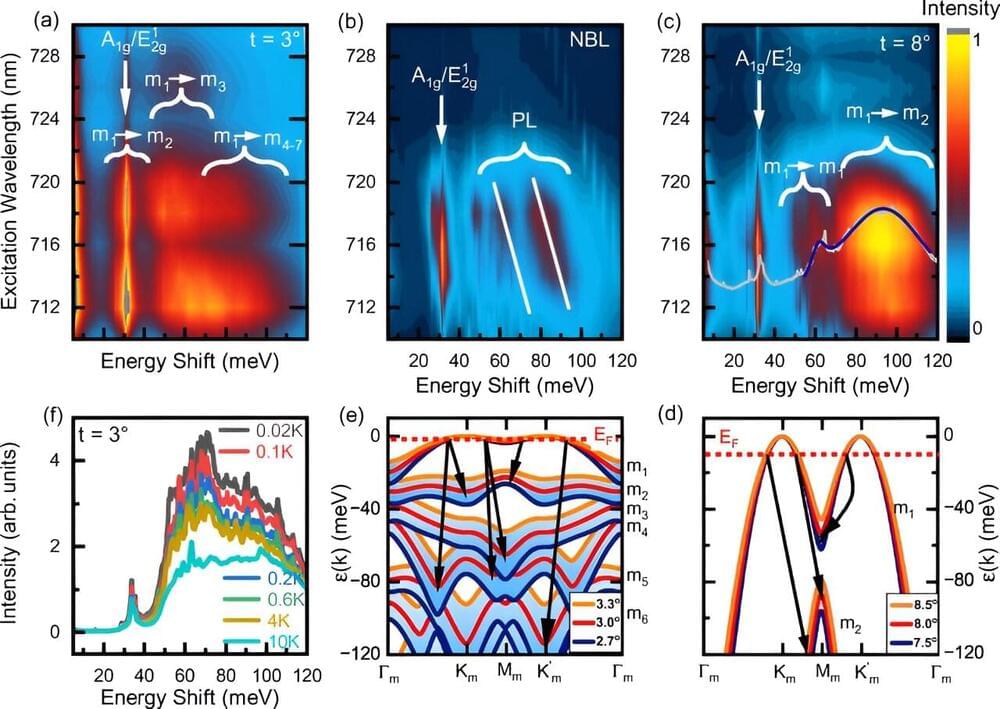

An experiment uncovers the role played by gravity in Ostwald ripening, a spontaneous thermodynamic process responsible for many effects such as the recrystallization of ice cream.
What do magnets and decaf coffee have in common? Both involve physical systems that belong to the same “universality class.” Ferromagnetic materials are used to make magnets, and supercritical carbon dioxide extracts caffeine from coffee beans. At the critical point, when ferromagnetic and liquid–gas phase transitions occur, these two systems are described by the same critical exponents [1]. By identifying a system’s universality class, one can quantitatively characterize its behavior at the critical point without prior knowledge of microscopic details. Observing macroscopic properties suffices. However, taking that shortcut is often experimentally challenging, not least because many interesting systems are opaque to light.
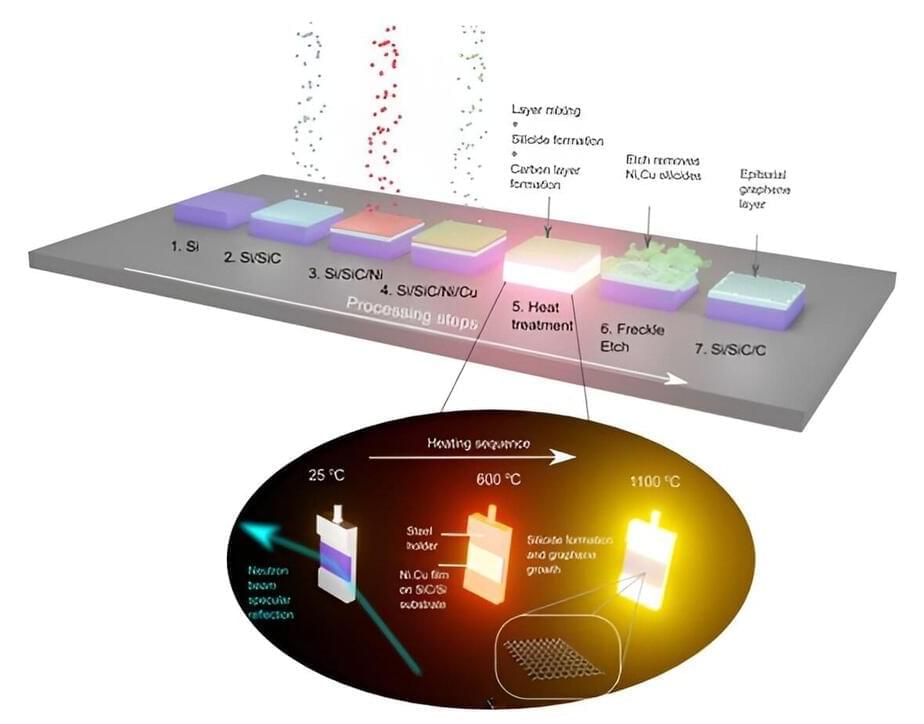
A team of researchers from ANSTO and University of Technology Sydney have set a record by conducting thin film experiments at 1,100 degrees Celsius, using the Spatz reflectometer equipped with a vacuum furnace.
The unique combination of neutron reflectometry with high temperature apparatus enables atomic-scale insights into thin film growth and diffusion processes. This is of relevance to a wide range of thin film technology and devices which undergo a range of processing and heat treatment conditions to optimize performance.
The UTS group, led by Francesca Iacopi and Aiswarya Pradeepkumar, has been studying the growth of thin carbon sheets (graphene) on SiC/Si substrates which occurs at high temperatures. This award-winning process allows for highly conductive electronics that can be integrated with standard silicon fabrication processes.
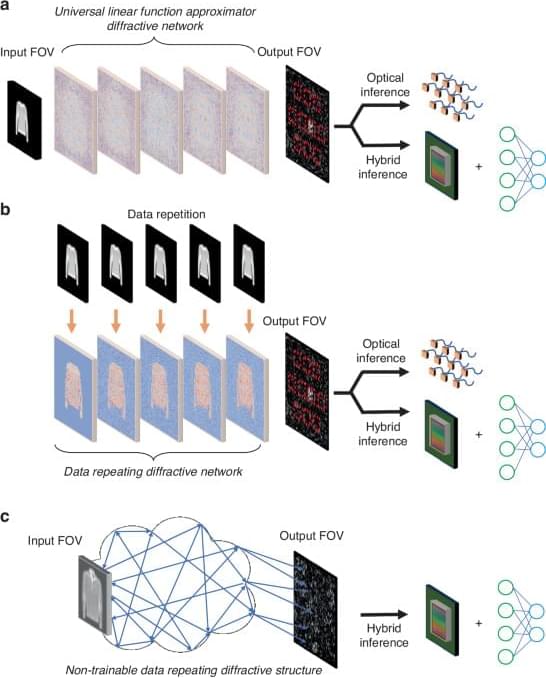
Furthermore, many experimental factors, such as fabrication errors and physical misalignments, can affect the performance of diffractive processors during the experimental deployment stage. Investigating the inherent robustness of different nonlinear encoding strategies to such imperfections, as well as their integration with vaccination-based training strategies39 or in situ training methods40, would provide more comprehensive guidance on the implementation and limitations of these approaches. These considerations would be crucial for future research and practical implementations of diffractive optical processors.
Throughout the manuscript, our analyses assumed that diffractive optical processors consist of several stacked diffractive layers interconnected through free-space light propagation, as commonly used in the literature10,13,41,42. Our forward model employs the angular spectrum method for light propagation, a broadly applicable technique known for its accuracy, covering all the propagating modes in free space. While our forward model does not account for multiple reflections between the diffractive layers, it is important to note that such cascaded reflections are much weaker than the transmitted light and, thus, have a negligible impact on the optimization process. This simplification does not compromise the model’s experimental validity since a given diffractive model also acts as a 3D filter for such undesired secondary sources that were ignored in the optimization process; stated differently, a by-product of the entire optimization process is that the resulting diffractive layers collectively filter out some of these undesired sources of secondary reflections, scattering them outside the output FOV. The foundation of our model has been extensively validated through various experiments10,11,16,18,43, providing a good match to the corresponding numerical model in each case, further supporting the accuracy of our forward model and diffractive processor design scheme.
Finally, our numerical analyses were conducted using coherent monochromatic light, which has many practical, real-world applications such as holographic microscopy and sensing, laser-based imaging systems, optical communications, and biomedical imaging. These applications, and many others, benefit from the precise control of the wave information carried by coherent light. In addition to coherent illumination, diffractive optical processors can also be designed to accommodate temporally and spatially incoherent illumination. By optimizing the layers for multiple wavelengths of illumination, a diffractive processor can be effectively designed to operate under broadband illumination conditions18,19,29,43,44,45,46,47. Similarly, by incorporating spatial incoherence into the forward model simulations, we can design diffractive processors that function effectively with spatially incoherent illumination30,48. Without loss of generality, our current study focuses on coherent monochromatic light to establish a foundational understanding of nonlinear encoding strategies in diffractive information processing using linear optical materials by leveraging the precise control that coherent processors offer. Future work could explore the extension of these principles to spatially or temporally incoherent illumination scenarios, further broadening the applicability of diffractive optical processors in practical settings.
